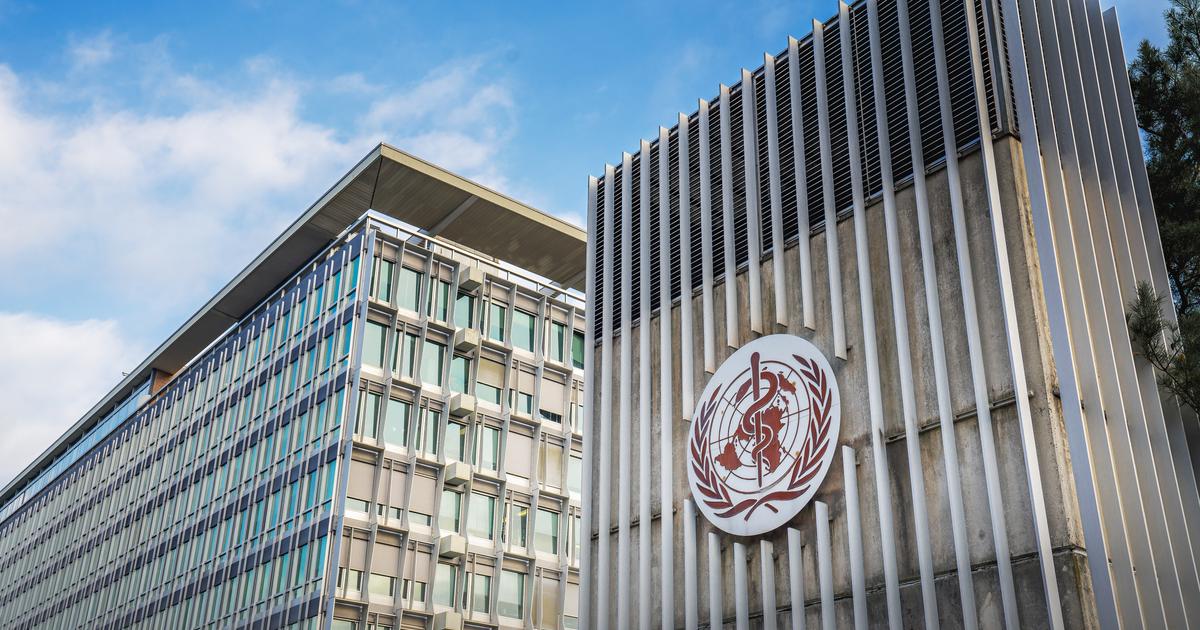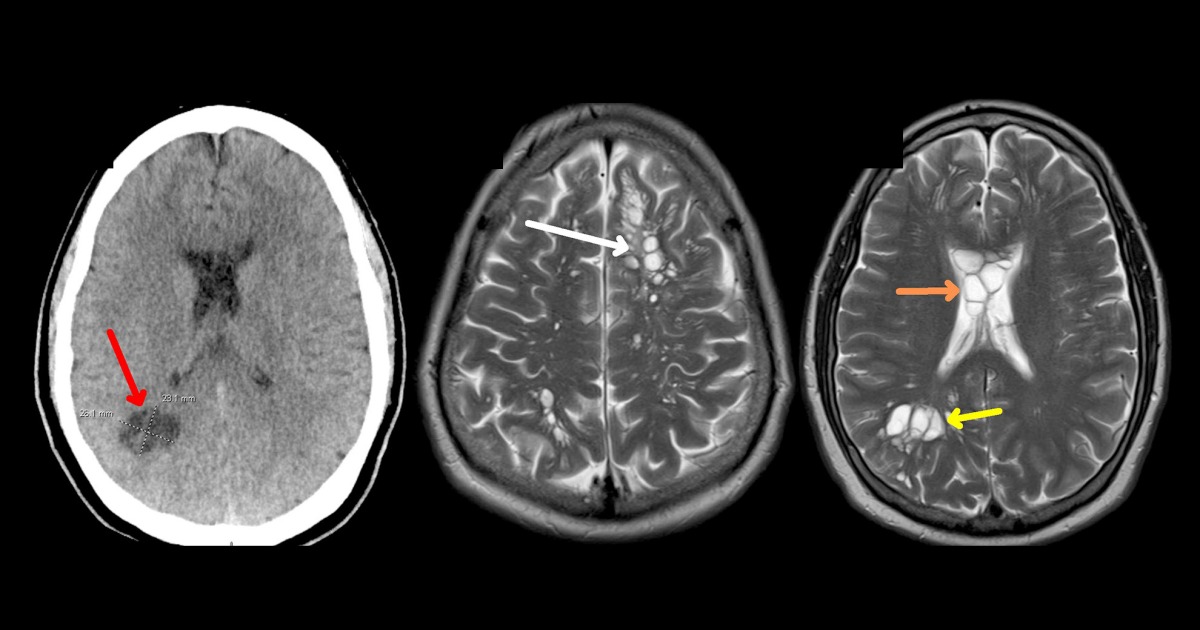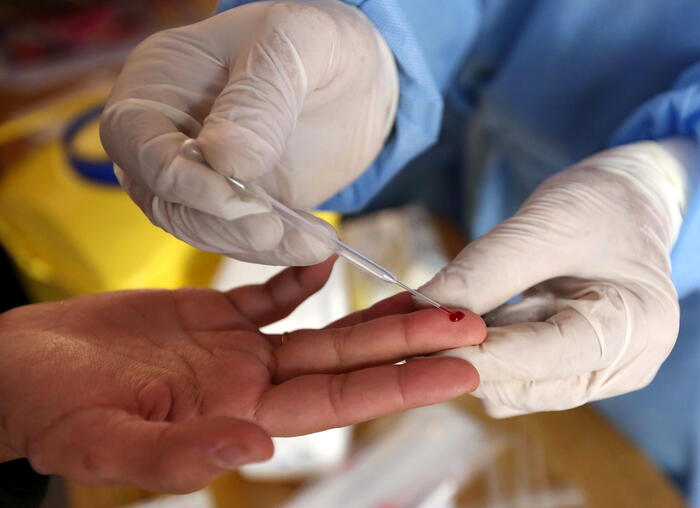The World Health Organization has removed the distinction between endemic and non-endemic countries from its statistics on monkeypox, to better "
unify
" the response to the virus.
Read alsoMonkeypox: why are cases of monkeypox counted as we did for cases of Covid-19?
Usually circulating in Central and West Africa, the virus is now present on several continents.
"
We are removing the distinction between endemic and non-endemic countries, and presenting countries together when possible, to reflect the unified response that is needed
," WHO said in its newsletter of 17 June sent Saturday to the media.
From January 1 to June 15, "
a total of 2,103 confirmed cases, one probable case and one death (Nigeria Editor's note) were reported to WHO in 42 countries
," she said.
On June 23, it will assess whether the current outbreak represents a "
public health emergency of international concern
", its highest level of alert.
The European region is at the center of the spread of the virus, with 1,773 confirmed cases, or 84% of the global total.
Next comes the American continent (245 cases, 12%), followed by Africa (64 cases, 3%) and the regions of the Eastern Mediterranean (14 cases) and the Western Pacific (7 cases).
The WHO considers it likely that the actual number of cases is higher.
She considers that the virus must have already been circulating before the current outbreak without its transmission being detected.
This “
could date back to 2017
,” she says.
Since 2017, a few imported cases, particularly from Nigeria, have indeed been sporadically identified in several countries.
In the current outbreak, the majority of reported cases so far are in men who have sex with men.
The vast majority, however, had not traveled to African countries where the virus was endemic.
Known in humans since 1970, monkeypox or "
simian orthopoxvirus
" is considered much less dangerous and contagious than its cousin, smallpox, eradicated in 1980. It is a disease considered rare, caused by a virus transmitted to humans by infected animals.
But in the current outbreak, human-to-human transmission is at the forefront.
Read alsoMonkey pox: patients should avoid contact with their pets as much as possible
There are two main groups (clades) of monkeypox virus, that of West Africa (case fatality rate around 1%) and that of the Congo Basin (case fatality rate up to 10%).
In all cases reported in countries newly affected by the virus, it is the West African clade that has been identified.









